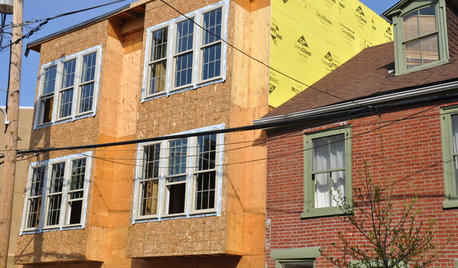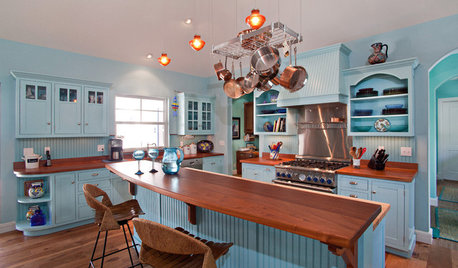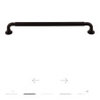Help! Venting hell!!
mpasquar
11 years ago
Related Stories

REMODELING GUIDES8 Tips to Help You Live in Harmony With Your Neighbors
Privacy and space can be hard to find in urban areas, but these ideas can make a difference
Full Story
WORKING WITH PROS5 Steps to Help You Hire the Right Contractor
Don't take chances on this all-important team member. Find the best general contractor for your remodel or new build by heeding this advice
Full Story
SELLING YOUR HOUSE10 Tricks to Help Your Bathroom Sell Your House
As with the kitchen, the bathroom is always a high priority for home buyers. Here’s how to showcase your bathroom so it looks its best
Full Story
CURB APPEALTake Your Hell Strip to Heavenly Heights: 8 Design Ideas
Trade weedy dirt and trash for a parking strip filled with wispy grasses, low-growing flowers and textural trees
Full Story
PETSHow to Help Your Dog Be a Good Neighbor
Good fences certainly help, but be sure to introduce your pup to the neighbors and check in from time to time
Full Story
LIFE12 House-Hunting Tips to Help You Make the Right Choice
Stay organized and focused on your quest for a new home, to make the search easier and avoid surprises later
Full Story
BATHROOM WORKBOOKStandard Fixture Dimensions and Measurements for a Primary Bath
Create a luxe bathroom that functions well with these key measurements and layout tips
Full Story
EXTERIORSHelp! What Color Should I Paint My House Exterior?
Real homeowners get real help in choosing paint palettes. Bonus: 3 tips for everyone on picking exterior colors
Full Story
REMODELING GUIDESKey Measurements to Help You Design the Perfect Home Office
Fit all your work surfaces, equipment and storage with comfortable clearances by keeping these dimensions in mind
Full Story
KITCHEN DESIGNHere's Help for Your Next Appliance Shopping Trip
It may be time to think about your appliances in a new way. These guides can help you set up your kitchen for how you like to cook
Full StorySponsored
Custom Craftsmanship & Construction Solutions in Franklin County
More Discussions








GreenDesigns
mpasquarOriginal Author
Related Professionals
Commerce City Kitchen & Bathroom Designers · East Peoria Kitchen & Bathroom Designers · Fresno Kitchen & Bathroom Designers · Sun City Kitchen & Bathroom Designers · Normal Kitchen & Bathroom Remodelers · Eagle Kitchen & Bathroom Remodelers · Hanover Township Kitchen & Bathroom Remodelers · Honolulu Kitchen & Bathroom Remodelers · Wilmington Island Kitchen & Bathroom Remodelers · Ridgefield Park Kitchen & Bathroom Remodelers · Aspen Hill Cabinets & Cabinetry · Prospect Heights Cabinets & Cabinetry · Riverbank Cabinets & Cabinetry · Atascocita Cabinets & Cabinetry · Saint James Cabinets & Cabinetrya2gemini
rwiegand
kaseki
cooksnsews
rwiegand
mpasquarOriginal Author
mpasquarOriginal Author
kaseki
will2kz
brickeyee
cooksnsews
SparklingWater
mpasquarOriginal Author
kaseki
brickeyee
mpasquarOriginal Author
kaseki
weedmeister
kaseki
SparklingWater
kaseki
SparklingWater
weedmeister